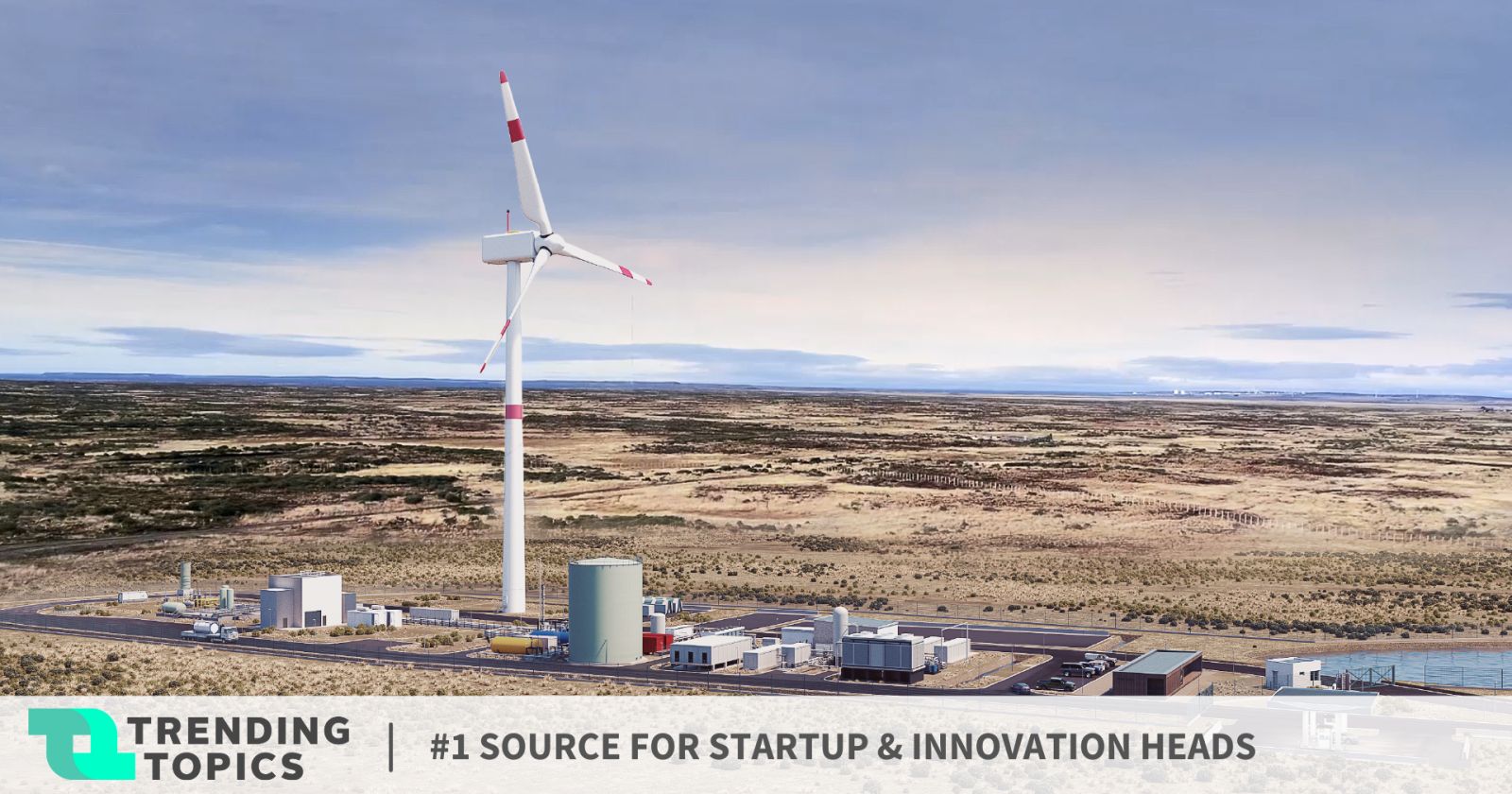FDP in Germany and ÖVP in Austria cheer. Although the EU Parliament and the 27 member states actually decided in October 2022 to sell cars with combustion engines from 2035, everything is different now. The car country Germany (car industry share of GDP: approx. 4.7%) and appendage Austria (approx. 6.7%) have pushed through together that cars with combustion engines can be sold after 2035 as long as they only use e-fuels can be refueled. One wants to remain “technology-open” and not put everything on the e-car card.
This will certainly please the luxury car manufacturer Porsche. He has already lobbyed the German Finance Minister Christian Lindner (FDP; Trending Topics reported) for such a regulation. Because Porsche, together with Siemens and the oil and gas companies ExxonMobil (USA), ENAP (Chile), Enel (Italy) and Empresas Gasco (Chile), is the only car manufacturer working on e-fuels. To put it simply, these are produced from CO2 and hydrogen using a lot of electricity.
Porsche does this in one of the most remote places in the world, namely in Puentas Arenas in Chile at the southernmost tip of the South American continent. The wind is blowing hard there to turn the wind turbine on site, which supplies the energy for the production of the synthetic fuel. Today, the “Haru Oni” project only creates homeopathic amounts of e-fuels, namely around 130,000 liters per year. That’s a little less than the 15 billion liters of fuel that humanity consumes every day today. By 2027, Porsche wants to produce 550 million liters of e-fuels per year, which would then already be 0.01 percent of global fuel consumption.
For the chemists among you: This is how synthetic fuels are made. eMethanol (CH3OH) is produced from H2 and CO2 via methanol synthesis and from this, in turn, synthetic raw petrol via MtG synthesis, reveals Porsche. The H2 is extracted from the water via electrolysis, and the CO2 is (ideally) sucked out of the air via Direct Air Capture (DAC). Then you need a lot of energy for the synthesis processes, and the wind turbine turns for that. Unfortunately, the DAC system at the Porsche location in Puntas Arenas is still there – the huge systems, as known from Climeworks, should be clearly visible in the pictures. Instead, it is currently said that the CO2 was “recycled”, probably from some industrial fumes. So it’s not carbon neutral.
Porsche starts production of controversial eFuels
Production in one of the most remote places in the world
The car fanatics from Donut Media recently drove to Puntas Arenas in a Porsche to try out whether synthetic fuel would work in a sports car. Conclusion: it works. There they also found out how much the eFuel currently costs. It’s a whopping $40 per gallon, that’s the equivalent of €9.80 per liter. In order to even come close to today’s prices for diesel or gasoline, the price of e-fuels would have to fall by more than 80 percent. But can he?
There is certainly a big lever: the more Porsche and the oil companies produce, the cheaper e-fuels can become. Nevertheless, the limitation to the places where synthetic fuels can be produced in a sensible way remains. The location in Chile was not chosen by chance, but because of the special wind conditions. According to Porsche, at the site of the pilot plant in Chile, a wind turbine would run at full load for an average of 270 days a year. “In Germany, on the other hand, there are only around 80 days a year with the same investments due to the geographical and meteorological conditions. At 74 percent full load hours, the degree of utilization of the wind turbine in Chile is around three and a half times higher than in Germany with 22 percent full load hours for all onshore wind turbines.”
And you will always have to take this into account with e-fuels: either you bring large amounts of stored energy (e.g. hydrogen) to a production plant in order to then do the electrolysis and synthesis, or you produce the e-fuels in windy and sunny areas , and then ships them from there to Europe and Co. Anyway, in both cases huge tankers have to travel across the oceans to bring atoms from A to B. And as long as these tankers run on diesel, e-fuels will not add up to the CO2 balance.
“>
